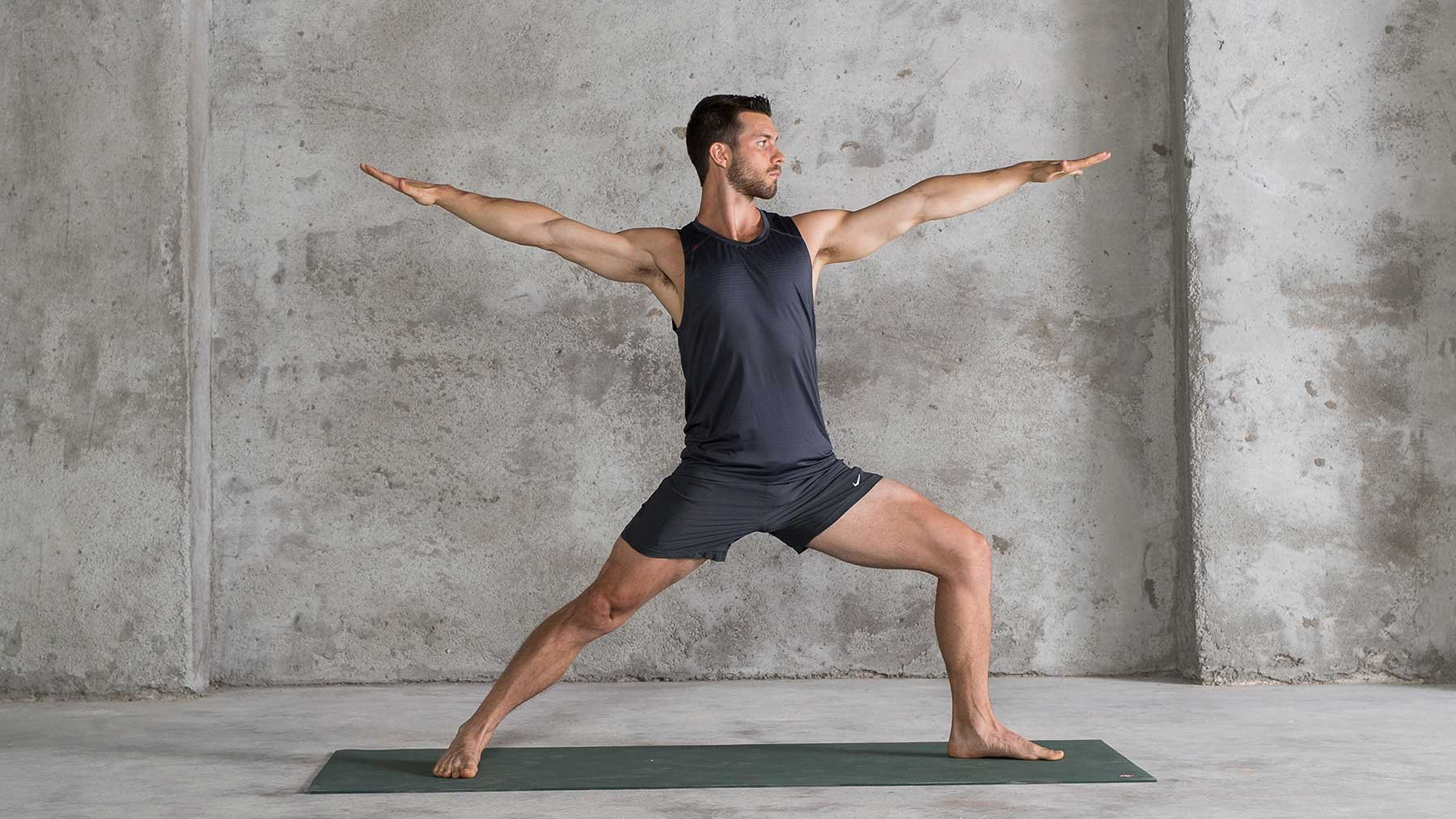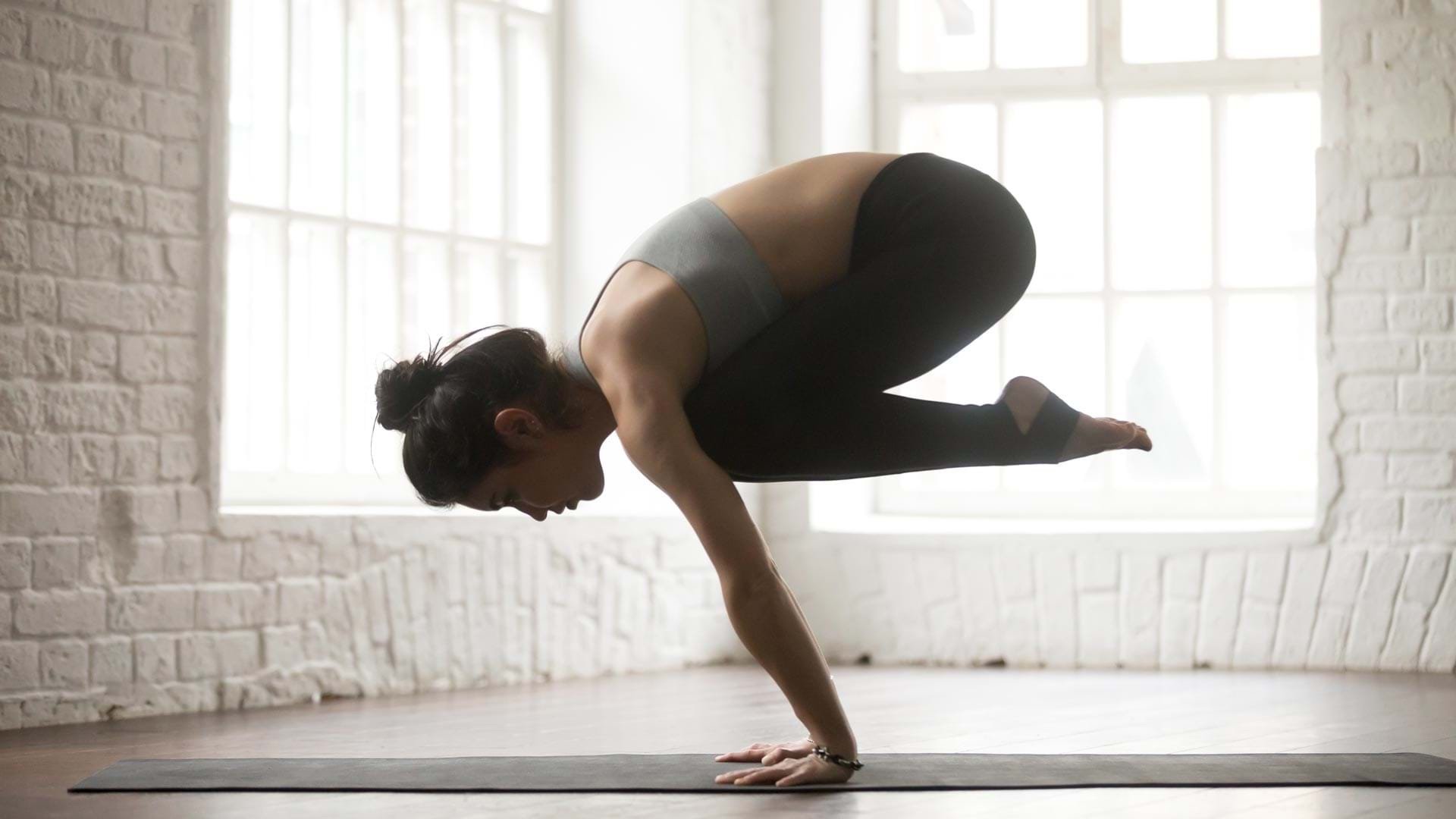As you probably know, the moon and its cycles influence our mind and body, from the mood we are in to our quality of sleep, but did you know it can also impact your yoga practise? Here is our guide to harnessing the energy of the moon, syncing your practise with this inspiring lunar cycle and using the power of the full moon to your advantage.
A full moon is one of the most exciting lunar cycles because it represents a boost in energy and is a moment for celebration. In Ashtanga practice, yogis abstain from doing yoga on full moon days because this is one of the most advanced forms of yoga and therefore the risk of injury is greater and so they use full moon days as rest days. All other types of yoga are encouraged during this moon phase.
Why is the full moon celebrated?
Every month, the moon starts a new cycle around the earth. A moon cycle begins with the new moon, when the moon stands between the earth and the sun and is therefore invisible for the human eye. It then goes into a waxing phase until it reaches the full moon - the pinnacle of the moon cycle. After the full moon the moon retreats into its waning phase until it all starts again with the new moon.
The full moon is celebrated since thousands of years in ancient cultures for its magic, mystery and special energy. It represents a time to gather with community, release unwanted energies and honor what we have created since the new moon.
Full moons are great gateways to create change in our life, they are powerful tools for letting go of unwanted energy, cleansing and releasing what doesn’t serve us anymore. The full moon amplifies. Just as the moon is shone upon my the sun, our emotions and energies are brought to light so that we are able to work with them.
Astrologically, full moons are a time to take action. When the moon is its brightest and most active, we get inspired to do the necessary work that is needed to manifest dreams into action. The light of the full moon serves as guidance where we need to focus and shift our energy.
To harness the beautiful power of the full moon, moon rituals and ceremonies can be used as a powerful tool to self-reflect and create necessary change in your life. Moon ceremonies, dances and rituals have been around for many centuries. Evidence of moon worship has been uncovered at archaeological digs all over the world, from the ancient Celts to the Egyptians. The most common symbol was the lunar disc - a flat, shiny figure worn as a medallion or as part of a crown, meant to symbolize the moon and associated things. But some full moon rituals are still alive today.
The following rituals of ancient cultures around the globe can provide you with an idea and inspiration for your own moon ceremony, to use the magical power of the moon.
What Does the Full Moon Mean for Yogis?
A full moon gives yogis the opportunity to refresh, rejuvenate and release any built up tension or stress. Practising yoga during a full moon and aligning your energy with this lunar phase will allow you to feel grounded and fulfilled. The evening is the best time to practise and this will also allow you to reap the benefits as you wind down before bed.
Create your own full moon ritual
Hopefully the rituals and ceremonies from above have given you some inspiration for your own full moon ritual. Celebrating the full moon can be a very powerful way for your own self-development. We learn to put our own life into context with the cycles of nature. The full moon always marks a time of death, change and re-birth. It is a perfect time to let go of the things that are holding you back from living your best life and reaching your fullest potential.
In the 48-hour window surrounding a full moon, you can express gratitude, meditate, pray and work on your manifestations. Create a sacred space for yourself by taking a candle-lit bath and do some journaling or celebrate with others, creating a sharing circle, moving, meditating and manifesting together.






